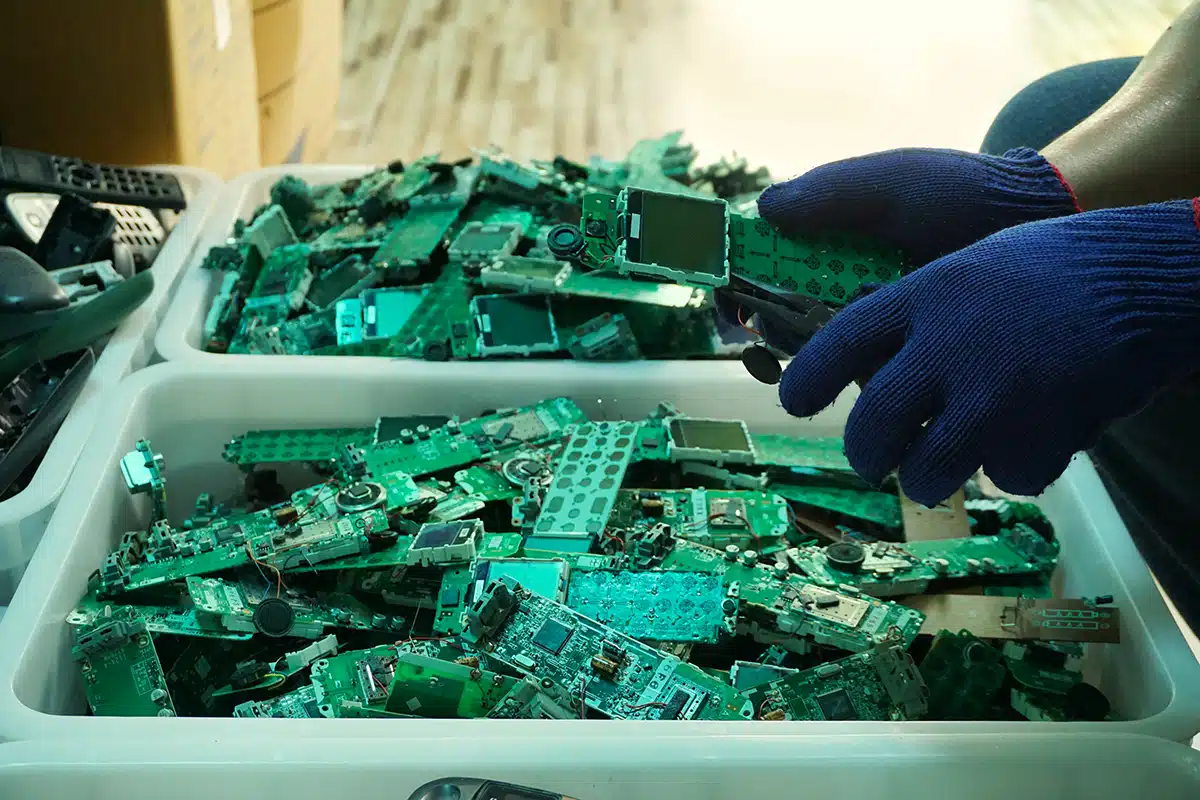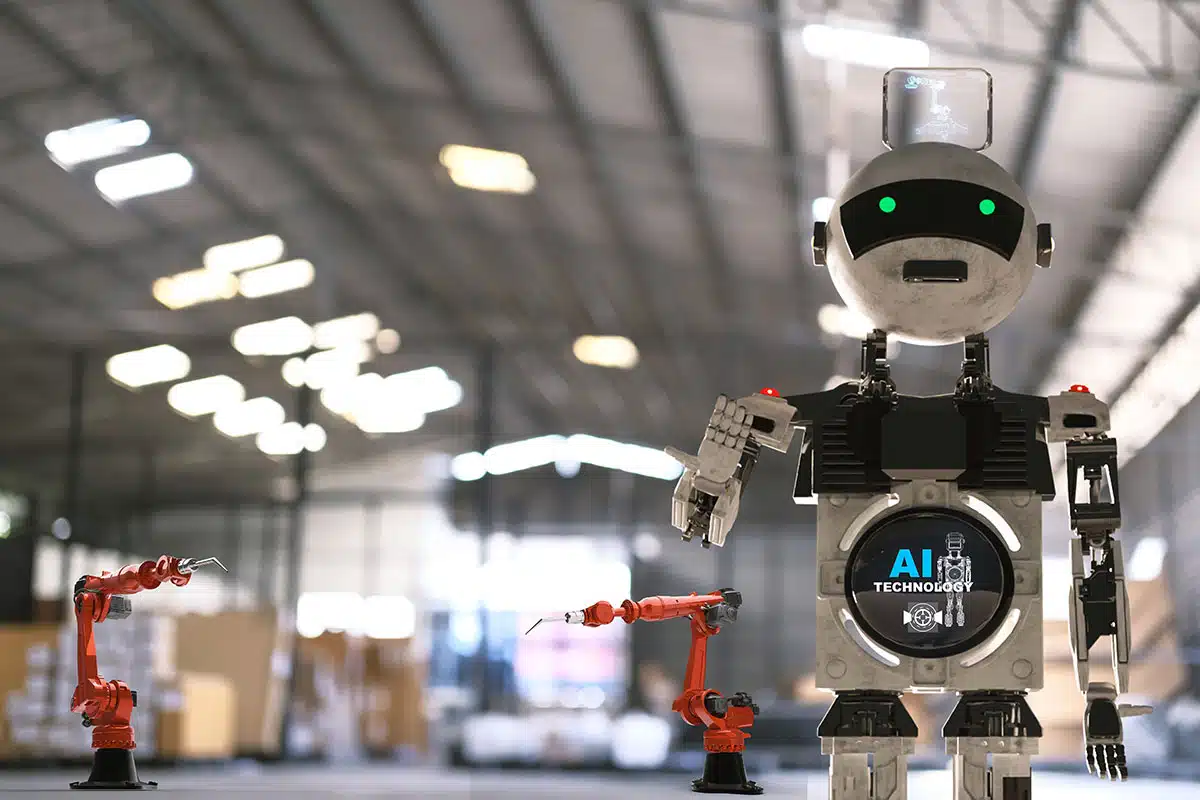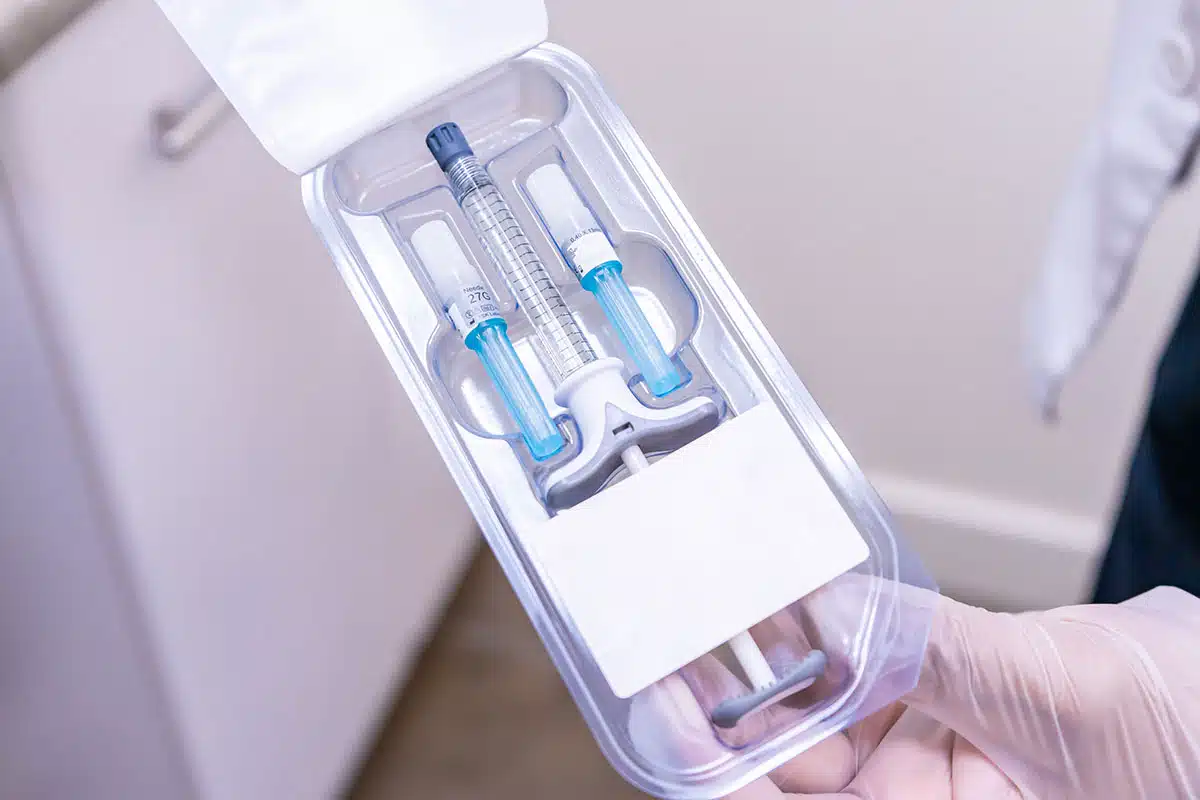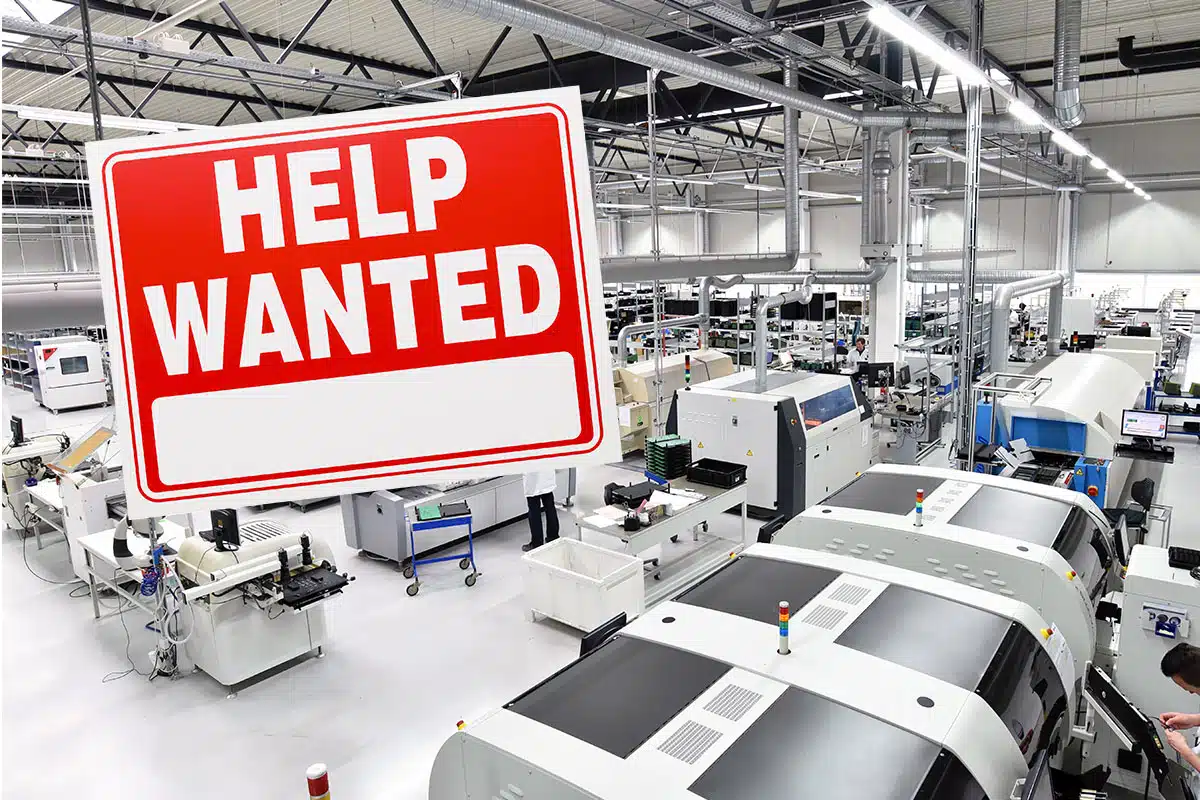In 2020, McKinsey & Company surveyed senior executives about their supply chains. They found 85% of respondents struggled with inefficient digital technologies, and 75% reported problems with production and distribution. So it’s no surprise that 93% of respondents said they hoped to increase the level of resilience across their supply chain. Increasing resiliency, however, can be an elusive goal—especially without careful planning. Gone are the days when supply chain planning was as simple as logistics and inventory management. To succeed in today’s business environment, manufacturers must manage every aspect of the supply chain, from raw materials to product returns and recycling.
Why Supply Chain Planning is Essential
Effective supply chain planning is more than a logistical necessity; it’s a strategic imperative.
While an enthusiastic manufacturer may be tempted to skip the planning and “get to work,” inadequate supply chain planning can lead to higher costs, lower profits, and dissatisfied customers. So, when mapping out the flow of your goods from component sourcing to the end user, it’s crucial to carefully consider every step of your product’s journey. Doing so can help:
- Improve delivery reliability and timeliness
- Predict variability in demand
- Identify and anticipate “what-if” scenarios
- Standardize procedures
- Reduce unnecessary waste
- Lower manufacturing costs
- Increase product quality
- Enhance customer satisfaction
The 6 Stages of Supply Chain Planning
Gartner regularly recognizes companies like Apple and Cisco as masters of supply chain strategy, but you don’t have to be an industry behemoth to practice good supply chain planning. While it can be a complex process, keeping in mind the important stages below will help companies of all sizes improve their supply chain planning.
1. Product Planning
Before sourcing your materials, you need to start with product planning. What products should you bring to market? How many units will you need? How can you be as efficient as possible to avoid wasting time and raw materials, while still producing a high-quality product? One way to be efficient is to keep the manufacturing process in mind when you first design your product. Following design for manufacturability (DFM) principles will help you produce a higher quality product at a lower cost, and avoid supply chain disruptions. For example, by using DFM principles, an electronics manufacturer can avoid designing a device with nonstandard components, thus bypassing the need for hand soldering and eliminating material sourcing uncertainties.

2. Demand Planning
Accurately forecasting demand for your product is essential for maximizing profit. Your goal should be to have sufficient inventory on hand to meet your customers’ needs, while avoiding both shortages and excess inventory. To do this, you should take into account a number of factors. How will new technological developments and trends impact demand for your product? How are consumer preferences evolving? Effective demand planning allows you to quickly adapt to changing situations.
Inefficient demand planning can have serious consequences, as the automobile industry discovered a few years ago. When the COVID-19 pandemic first hit in 2020, many automakers saw a decline in cars on the road and quickly canceled or reduced orders for chips. Then, when consumer demand rebounded more quickly than expected, carmakers found themselves competing with other industries for a limited supply of chips.
While no company possesses a crystal ball to predict demand, good data can provide a close approximation. Good demand planning means keeping track of many things at once, including historical data, lead times, market trends, and even external factors such as weather and oil prices, which can impact the cost of transportation. Pulling all this together requires robust vendor and supply chain connections, real-time tracking of lead times, and strong planning processes that use precise material forecasting even for seasonal and peak-volume demand.
Demand planning can be especially important to electronics manufacturers, as their products often have short lifecycles. Companies that skip demand planning can become victims of the rapid pace of technological change within the industry. Those that embrace it are able to make informed decisions about production levels, inventory management, and resource allocation.
3. Supply Requirement Planning
Next, manufacturers need to plan for supply. How much inventory do you currently have on hand? What is your production capacity and that of your suppliers? Do you have good relationships with your suppliers? How reliable are your partners?
When planning the sourcing of your raw materials and components, you also need to be prepared for factors out of your control. For example, is your plan resilient and able to weather geopolitical turmoil, material shortages, disease outbreaks, and labor instability?
Success at this stage relies on having a well-established network of reliable, quality suppliers. To establish those relationships, supply chain planning strategies at this stage might include supplier market research, request for proposals (RFPs), contract negotiations, and supplier performance evaluations.
4. Production Planning
It may have a similar name, but production planning is very different from product planning. Whereas product planning is centered on the product itself, production planning is focused on how the product will be manufactured. For example, during this stage, you might create detailed schedules for manufacturing activities, such as the timing of production runs. This stage is also the time to plan your production methods based on your product’s characteristics and demand patterns. Your production plan should also consider the labor, equipment, and facilities that will be needed to manufacture your product.

5. Sales and Operations Planning
This executive-level process is an ongoing effort to synthesize demand, supply, and financial planning in order to forecast the profitability of a product over several years. This process incorporates input from post-production teams like marketing and sales so that operational teams can better meet a company’s organizational and financial goals. Traditionally, sales and operations planning (S&OP) was a quarterly process. In today’s world, however, S&OP can be conducted more frequently, thanks to technological advances that provide instant access to real-time data.
6. Reverse Logistics
Savvy manufacturers know that their product isn’t out of their hands just because it’s been sold and delivered, which is why they have a plan for reverse logistics. When it comes time to process a customer exchange or properly dispose of a product, companies with a plan in place can easily handle either scenario. In the case of returns, for example, forward-thinking companies are now using location technologies like RFID chips to aid in real-time tracking of returned items. Unlike traditional barcode systems, RFID tags provide automated data capture, reducing the need for employee intervention. These specialized tags can help companies automatically capture critical information about returned products, such as product condition, reason for return, and product handling requirements.
Digitally Transforming Your Supply Chain Planning
RFID chips aren’t the only tools transforming the supply chain. If you’re not taking advantage of technology, you are missing out. Not only have advanced technologies changed the way business is done, they’re also optimizing the end-to-end management of the supply chain. This is why industry leaders like Lenovo have implemented a wide range of technological innovations, including G5, AI, AR/VR, and IoT, which together have enabled the company to slash lead times, improve product quality, and reap a host of benefits throughout the supply chain.
As companies like Lenovo have discovered, effective supply chain planning is more than a logistical necessity; it’s a strategic imperative. A company that carefully focuses on each stage of supply chain planning—from product planning to reverse logistics—will enhance its resilience against disruptions, while cutting costs and maintaining quality. And as the manufacturing landscape grows more complex, companies that prioritize data-driven supply chain strategies will gain a competitive edge.










